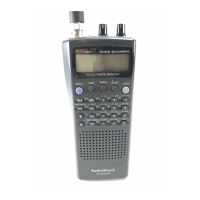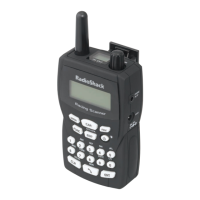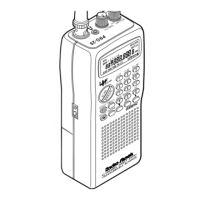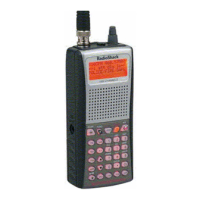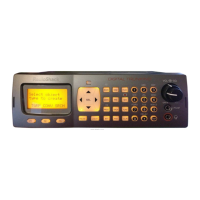23
Guide to the Action Bands
ˆ
Guide to the Action Bands
Typical Band Usage
Primary Usage
As a general rule, most of the radio activity is concentrated on the following frequencies:
VHF Band
UHF Band
Note:
Remote control stations and mobile units operate at 5 MHz higher than their associated
base stations and relay repeater units.
HF Band (3.00–30.00 MHz)
10 m Amateur
29.00–29.70 MHz
High Range
29.70–29.90 MHz
VHF Band (30.00–300.0 MHz)
Low Range
30.00–50.00 MHz
6 m Amateur
50.00–54.00 MHz
U.S. Government
137.00–144.00 MHz
2 m Amateur
144.00–148.00 MHz
High Range
148.00–174.00 MHz
UHF Band (300.00 MHz–3.0 GHz)
U.S. Government
380.00–420.00 MHz
70 cm Amateur
420.00–450.00 MHz
Low Range
450.00–470.00 MHz
FM-TV Audio Broadcast, Wide Band
470.00–512.00 MHz
Government, Police, and Fire 153.785–155.980 MHz
Emergency Services 158.730–159.460 MHz
Railroad 160.000–161.900 MHz
Land-Mobile Paired Frequencies 450.000–470.000 MHz
Base Stations 451.025–454.950 MHz
Mobile Units 456.025–459.950 MHz
Repeater Units 460.025–464.975 MHz
Control Stations 465.025–469.975 MHz
